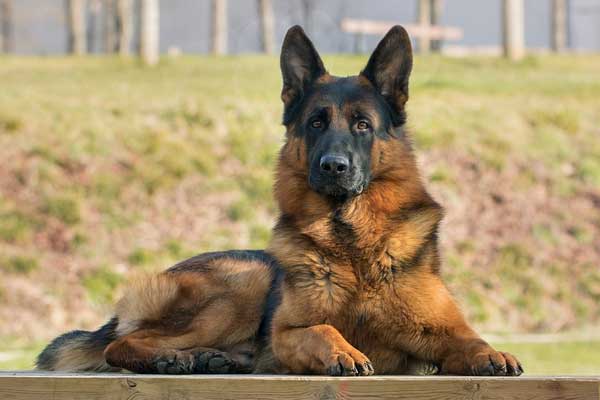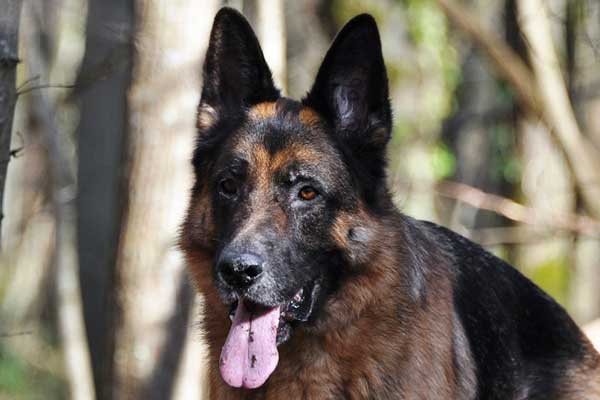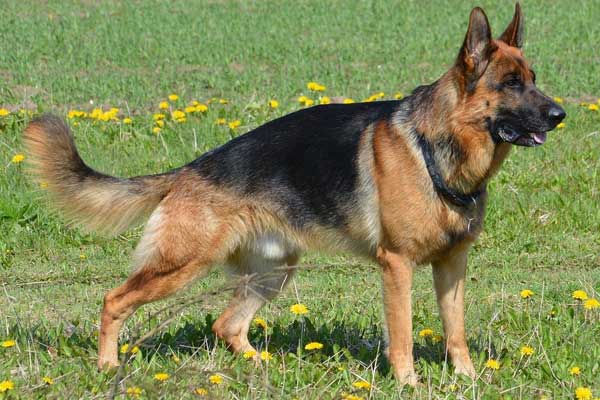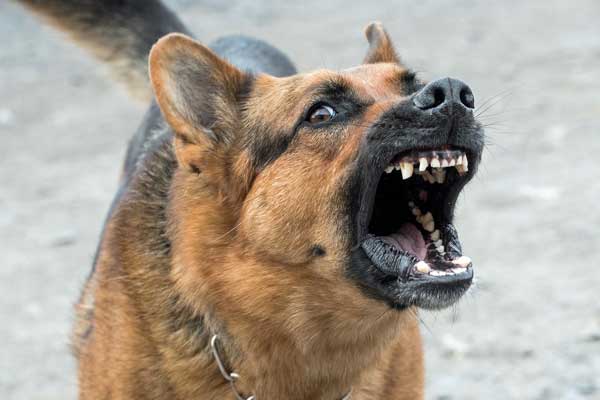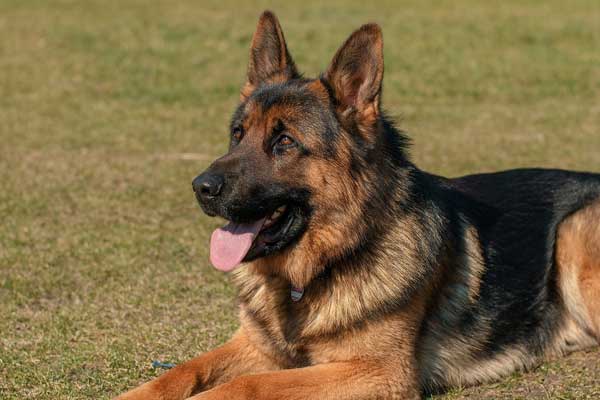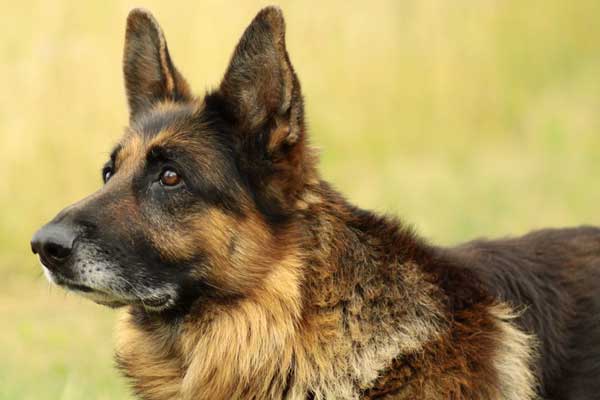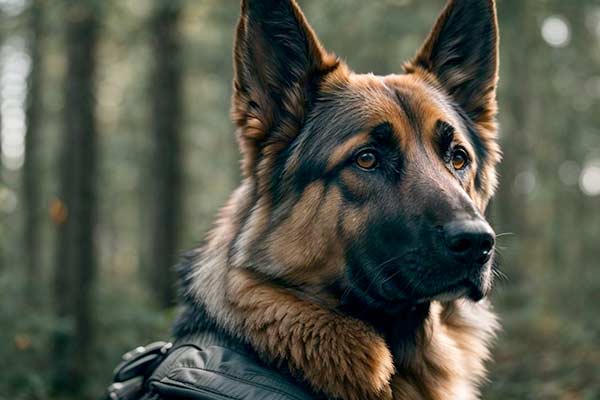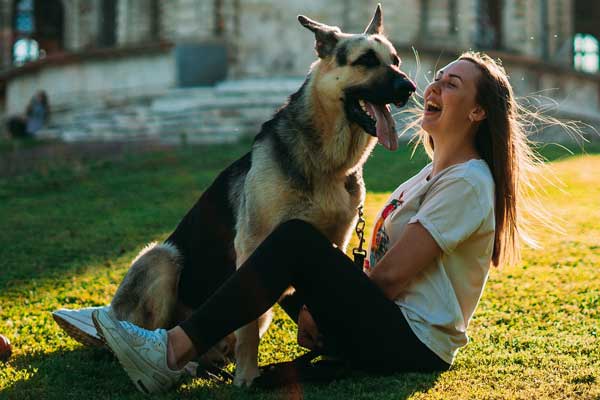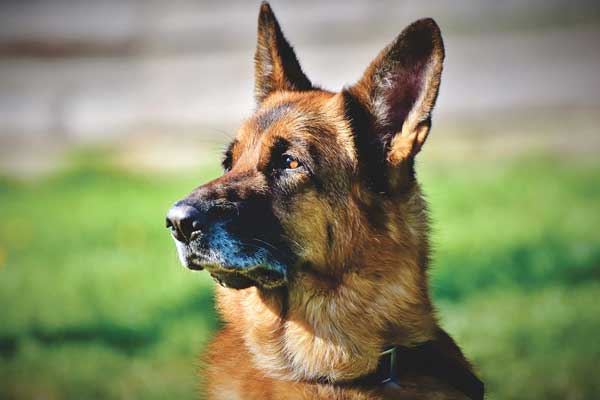Do German Shepherds Have High Prey Drive? Get Tips on Training and Management
German Shepherds are intelligent, loyal, and brave dogs. They make great family pets and can excel in agility, obedience, tracking, and even police work.
But what about prey drive? Do German Shepherds have high prey drive that could cause their natural instinct to hunt to pose a risk to small animals or children in your home?
In this blog post, we’ll explore the concept of prey drive in German Shepherds and how it affects their behavior. We’ll also discuss signs of high-prey-drive dogs and ways to tame your Shepherd’s natural hunting instinct if necessary.
Finally, we’ll look at the potential risks associated with having a dog with a robust predatory nature. By understanding these issues, you can better determine whether or not a German Shepherd is right for you and your family!
Do German Shepherds Have High Prey Drive?
Yes, German Shepherds have a naturally high prey drive. This instinctive behavior is partly due to their wolf ancestry and has been reinforced by intense breeding over decades to develop their guarding and herding abilities.
German Shepherds are known for being active, intelligent, and eager hunters that often need plenty of physical exercises to stay happy and healthy.
Signs of High Prey Drive in German Shepherds
Lunging is a common sign of high prey drive in German Shepherds. This behavior includes running quickly towards the target, often with the mouth open, to grab or bite it.
The dog’s overall body language will likely be tense and alert, and they may even bark or growl as they lunge.
German Shepherds can leap great distances with this behavior, so it is essential to keep them away from small animals and children who such a large and powerful dog could injure.
Chasing is another sign of high prey drive in German Shepherds. This behavior usually follows lunging, as the dog will chase after their target, hoping to catch it.
They may become fixated on their target and often ignore all other distractions, such as calls from their owners or commands to stop.
Grabbing is another sign of high prey drive in German Shepherds. This behavior can be dangerous, as the dog will use their mouth to grab the target with great force.
This can cause serious injury to both the target and the dog, so owners must train their dogs not to engage in this behavior.
If you notice your German Shepherd hovering over or above a smaller animal, it indicates their intense prey drive. This behavior involves stalking around the animal, keeping a close watch on its movements, and positioning themselves to be ready to pounce if the opportunity arises.
This can make small animals feel threatened and scared, so owners must break this behavior through positive reinforcement training.
Finally, signs of high excitement in German Shepherds are an upright and tense posture, teeth chattering or drooling, quick movement, and a good, stiff tail wagging quickly.
This behavior often increases in intensity when the dog is focused on their target and can also be associated with barking or growling. Owners should redirect this excitement through rewards-based training and positive reinforcement.
How to Tame Prey Drive in German Shepherd
Having a German Shepherd is a great responsibility, as they are brilliant and energetic dogs. When it comes to controlling their prey drive, training is essential.
Here are some tips on how to tame prey drive in German Shepherds:
1) Train your dog to “leave” – this command tells your pet not to pick up something or run off when they spot potential prey. You can also use other commands, such as “stay” and “no go,” to help them understand the concept of leaving things alone.
2) Teach your dog recall – teaching them this command will allow you to call them back if they get too close to their potential target. Consistent training with rewards for good behavior helps reinforce the message that chasing after animals is not acceptable behavior for a German Shepherd.
3) Distract your dog – using treats or toys can help distract them from chasing after prey when you spot it coming into view. This way, you can redirect their attention away from potential targets before it becomes an issue.
4) Secure your garden – keep areas where wildlife may appear secure, so there is no chance of escape should your GSD catch sight of something.
5) Keep them on a lead – when out on walks, make sure your German Shepherd is kept on a lead where possible to prevent them from taking off after potential prey.
6) Muzzle train your dog – while it can seem intimidating, muzzle training your GSD can help you keep complete control over their behavior in situations where they could be tempted to chase after animals.
Remember that it is important to reward good behavior whenever possible to reinforce the message that chasing wild animals is not allowed.
Understand Prey Drive in Dog and How It Impacts a Dog’s Behavior
Prey drive is an instinctual behavior commonly observed in dogs associated with hunting, foraging, and capturing prey.
This instinct usually is only seen in wild animals and certain domesticated breeds, but it is still something that all pet owners need to be aware of.
Prey drives are triggered by the sight or smell of potential food sources and often result in behaviors such as chasing, stalking, and leaping.
Understanding prey drive in dogs can help you better manage and train your pup and keep them safe from potential dangers while outdoors.
When out in the yard or on a walk, remain vigilant for signs that your pup may be exhibiting prey drive, such as:
- Excessive barking or whining when they spot potential prey
- Leaping and jumping at small animals or objects
- Chasing after squirrels, cats, birds, or other potential prey
- Stalking behavior (slowly moving forward while keeping their head low)
It is important to remember that prey drive is an instinctual behavior and cannot be trained away, so it is essential to manage your pup’s environment and interactions to minimize the risk of them exhibiting this behavior.
If you know they are likely to pursue a particular type of prey (such as cats or birds), take extra precautions when they are out in public.
Additionally, consider using a leash or keeping your pup confined to a fenced-in area until they can be adequately trained not to chase after potential prey.
High prey drive in dogs can significantly impact their behavior, as they will be more likely to chase after small animals or objects.
This instinctual behavior can be triggered by the sight or smell of potential food sources and often results in chasing, stalking, and leaping.
While this behavior may seem cute when your pup is chasing after a squirrel or bird, it can become dangerous if they pursue larger animals such as cats or deer.
Also, high prey drive can make it difficult for pet owners to keep their pups under control while out in public places due to the risk of taking off after something that catches their attention.
Prey Drive Vs. Aggression in Dogs
Prey drive and aggression in dogs are often confused, but they are two very different behaviors. Prey drive is a natural behavior that helps the dog to find food and survive in the wild.
It is characterized by intense focus and a desire to chase. Conversely, aggression is an innate response to perceived danger or threat and is usually characterized by growling, barking, or biting.
When it comes to dog owners, understanding the differences between these two behaviors can be incredibly important. Prey drive is a behavior that should be encouraged in specific scenarios, such as playing fetch or going on walks.
This type of behavior helps your pup stay active and healthy. On the other hand, aggressive behaviors should never be encouraged and need to be addressed immediately.

